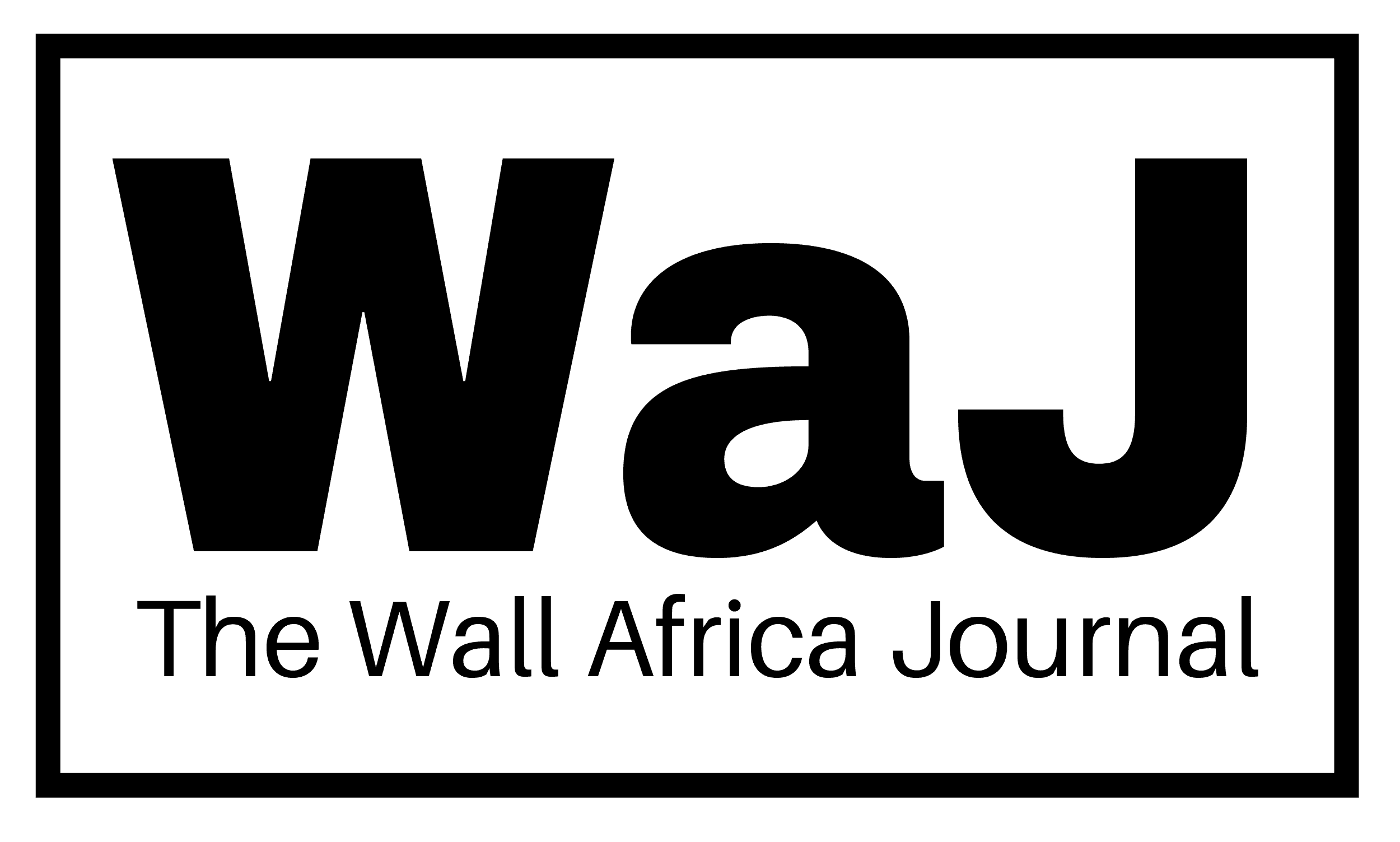Over the past two decades, China’s financial footprint across Africa has expanded dramatically, with infrastructure loans becoming a cornerstone of Sino-African cooperation. New data reveals that between 2000 and 2023, ten African nations alone have collectively borrowed more than $130 billion from Chinese lenders, raising both opportunities and questions about long-term financial sustainability.
According to records compiled from the Chinese Loans to Africa Database hosted by Boston University’s Global Development Policy Center, Angola tops the list with an eye-catching $46 billion in cumulative debt, largely backed by oil and channeled into post-war reconstruction.
Top Borrowers and Their Priorities
Angola – $46.0 billion
Ethiopia – $14.5 billion
Egypt – $9.7 billion
Kenya – $9.6 billion
Nigeria – $9.6 billion
Zambia – $9.5 billion
South Africa – $6.9 billion
Sudan – $6.3 billion
Ghana – $6.1 billion
Cameroon – $5.9 billion
The figures illustrate how China has become the dominant bilateral creditor for many African economies, often stepping in where Western lenders have hesitated. The majority of these loans have gone into critical infrastructure projects—railways, roads, energy facilities, and public utilities—that are visibly transforming cityscapes and rural connectivity.
A Shift in Beijing’s Lending Strategy
After years of steady decline, Chinese lending to Africa saw an uptick in 2023, the first rise since 2016. Analysts suggest this reflects Beijing’s renewed focus on financially viable, well-structured projects, as China becomes more selective amid global debt concerns and shifting geopolitical dynamics.
The structure of some loans—particularly Angola’s oil-backed model—has drawn scrutiny. While this method ensures repayment, critics argue it may limit national sovereignty and long-term economic flexibility.
Opportunities vs. Vulnerabilities
For many African countries, Chinese financing has filled a gap left by traditional lenders, facilitating large-scale infrastructure that boosts growth. However, the growing dependency on a single creditor also carries risks, especially in nations facing economic headwinds, currency depreciation, or political instability.
For instance, Zambia’s 82 separate loan deals totaling $9.5 billion reveal the intensity of borrowing, some of which are for small- to medium-scale projects. Meanwhile, Ethiopia’s reliance on Chinese funding has transformed its rail and telecom sectors but left the country with significant repayment obligations.
As discussions about debt distress and fiscal space intensify, experts call for greater transparency, better debt management practices, and diversification of funding sources. While China remains a key development partner, African governments are urged to balance strategic borrowing with long-term sustainability.



